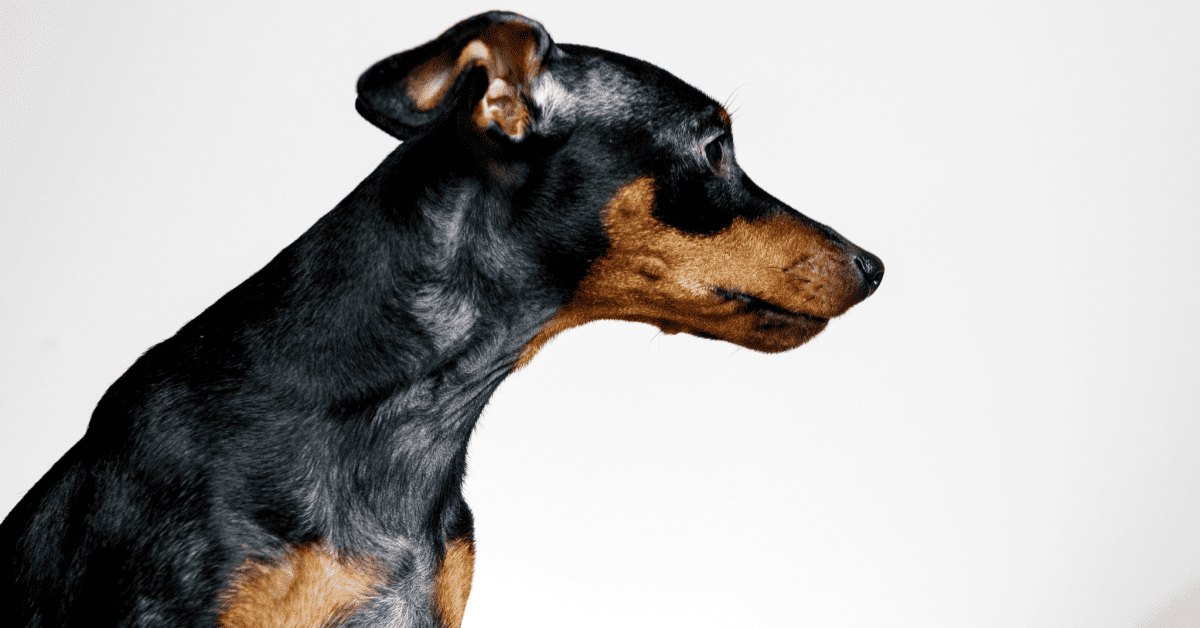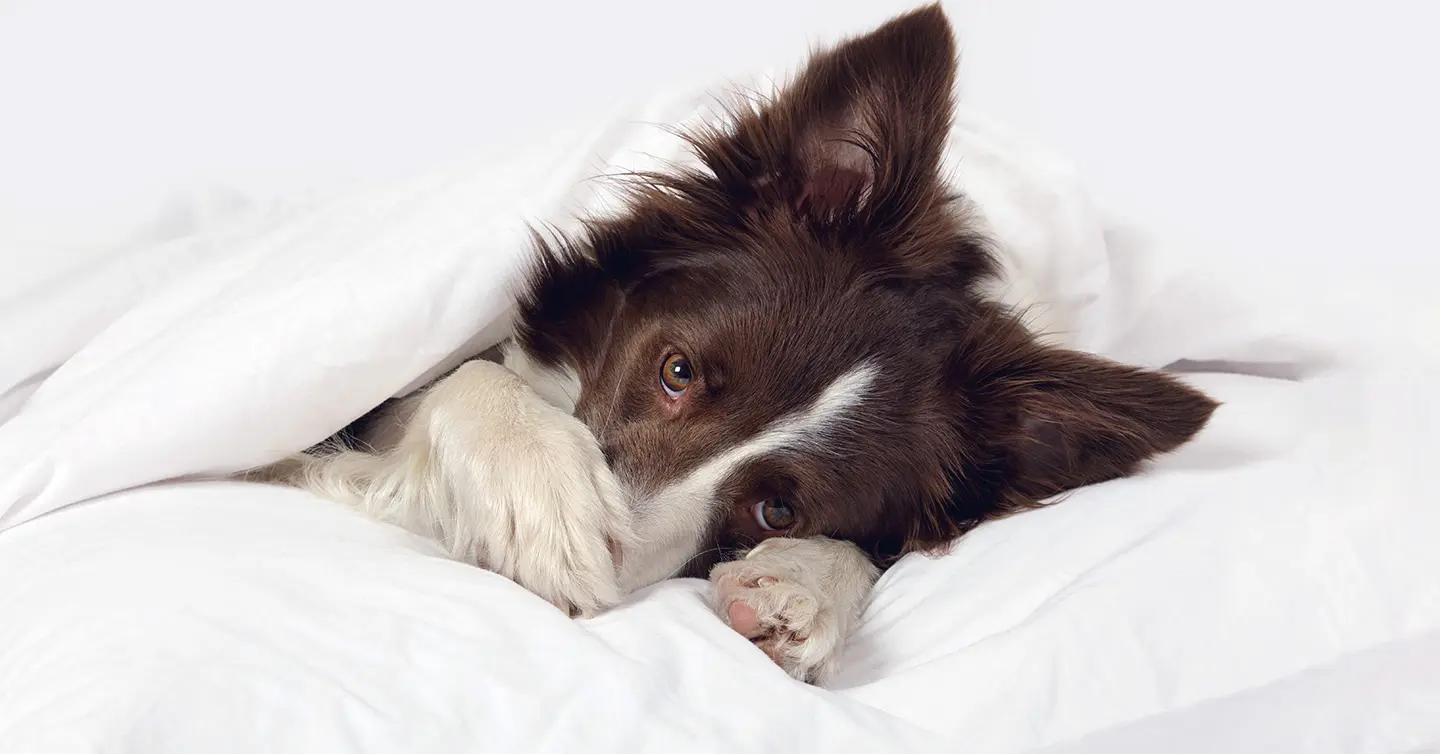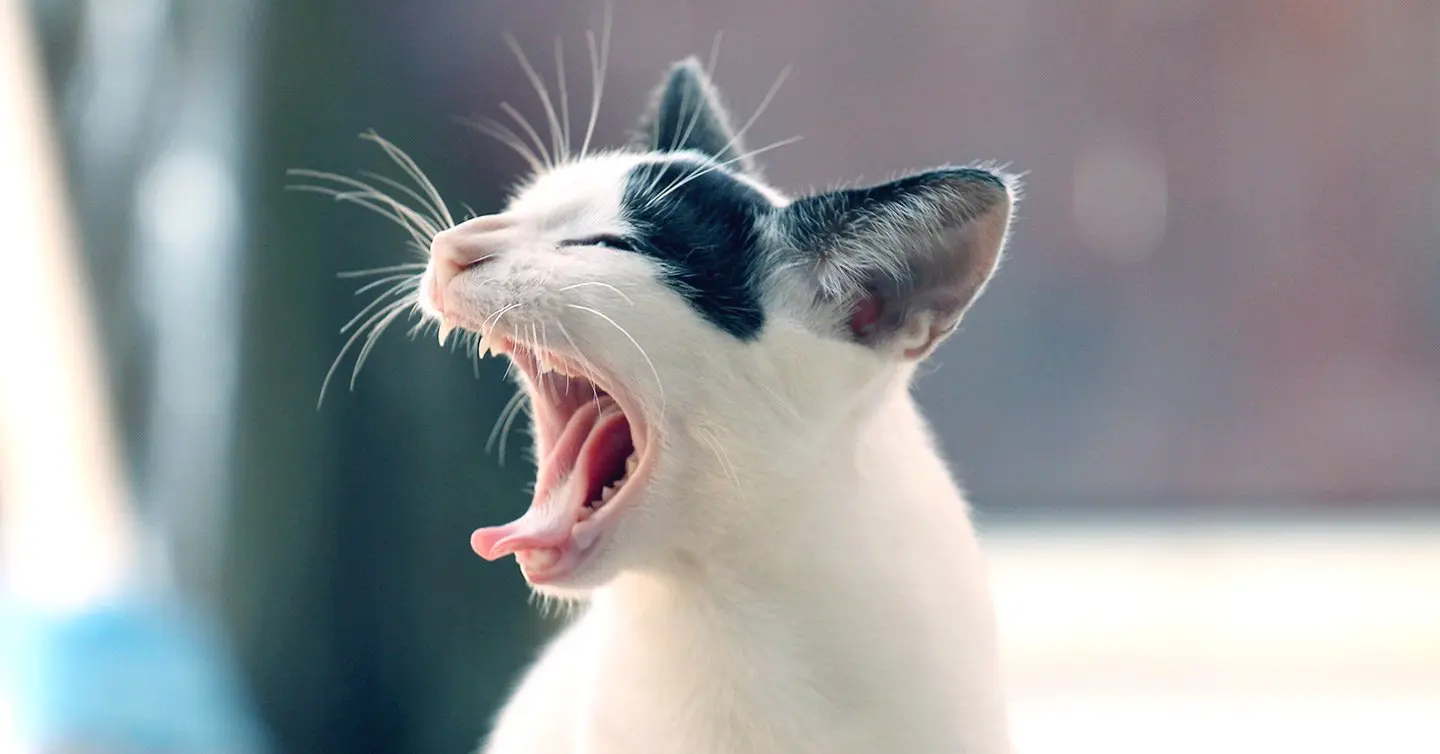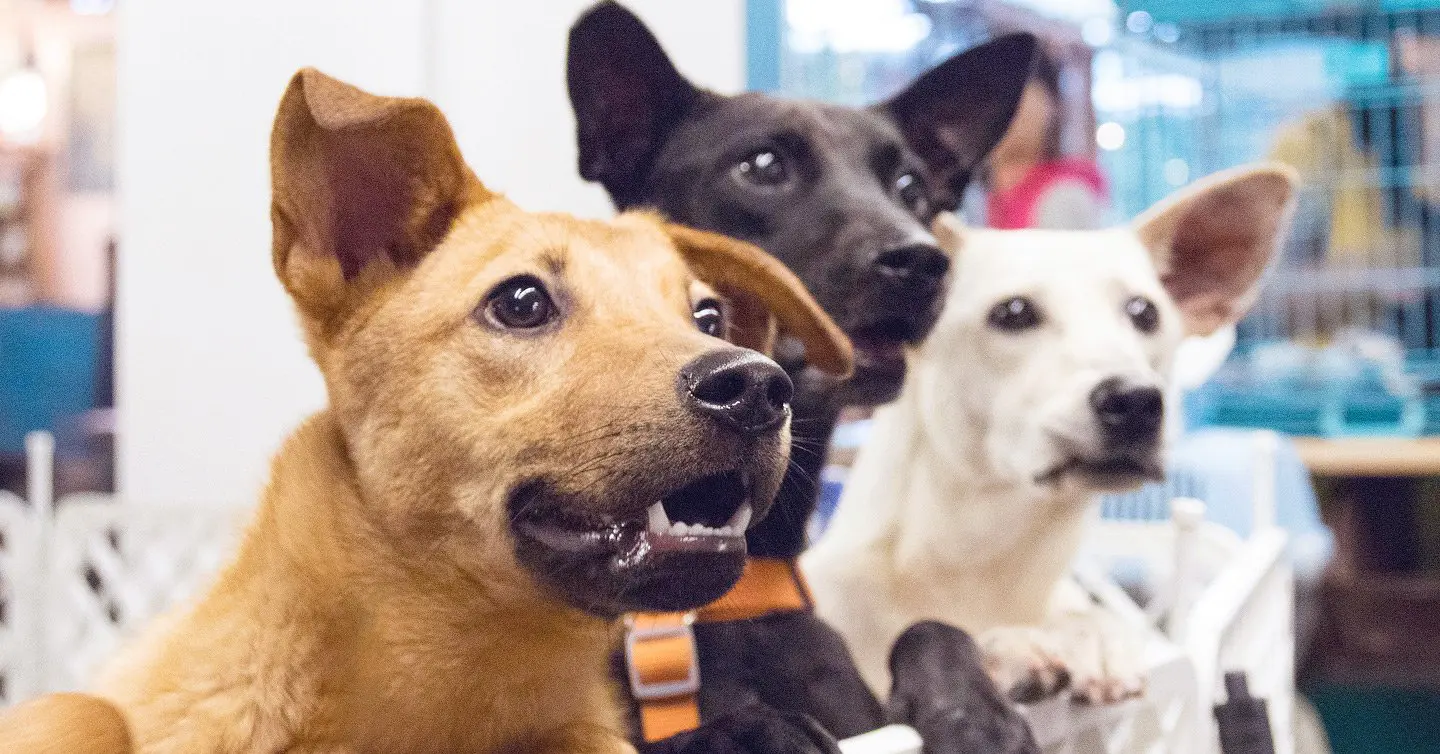Key Points
- Alopecia, also known as abnormal hair loss, is a medical condition that causes thinning hair or prominent bald spots in dogs.
- Depending on the type of alopecia, the hair loss may be obvious or subtle. More often than not, a dog suffering from alopecia will cause further damage to their skin by excessively scratching and causing their wounds to open.
- Treatment options for alopecia in dogs depends on the underlying reasons for the hair loss, as well as the type of alopecia.
- Unfortunately, congenital alopecia cannot be cured – you’ll need to frequently moisturize your pup’s skin to avoid flakiness or dryness.
Have you noticed bald spots on your dog’s once-luscious coat? While it’s routine for dogs to shed hair – sometimes lots of it – it’s not normal for that shedding to leave excessive bald spots.
Alopecia, also known as abnormal hair loss, is a medical condition that causes thinning hair or prominent bald spots in dogs. It can be a temporary or permanent condition but is generally non-life threatening. Alopecia can develop as a result of allergic reactions, skin infections, genetics, or even a lack of protein.
Symptoms of alopecia in dogs
Aside from the obvious sign of hair loss, alopecia does cause other symptoms in dogs. If the alopecia stems from a hereditary or hormonal issue, there are typically no symptoms beyond the hair loss and changes to the dog’s coat. But if the alopecia is caused by a parasitic or bacterial infection, it can cause dogs to scratch themselves excessively.
Depending on the type of alopecia, the hair loss may be obvious or subtle. More often than not, a dog suffering from alopecia will cause further damage to their skin by excessively scratching and causing their wounds to open. They may also lick or rub the affected area to try to alleviate their discomfort. Generally, the symptoms of alopecia in dogs include:
- Thinning of the coat
- Localized bald spots
- Excessive shedding, licking, or grooming
- Itchiness and excessive scratching
- Hair loss along the flanks
- Oozing or weeping spots on the skin
- Darkened skin
- Bald spots
- Moth-eaten appearance to the coat
- Dry skin
- Dandruff or flaky skin
- Inflamed or reddened skin
Causes of alopecia in dogs
Alopecia in dogs is either congenital or acquired. Congenital alopecia is present at birth and occurs when a dog’s hair follicles don’t develop normally, while acquired alopecia is developed over a dog’s lifetime due to hair follicle damage, issues with the hair shaft, or a slowing of the hair growth cycle. This type of hair loss can also be caused by parasitic infections (such as mites or fleas), hormonal issues (hypothyroidism), bacterial or fungal infections, environmental or food allergies, and even topical medications.
Alopecia can be categorized into the following types:
- Alopecia areata: This type of alopecia is a rare auto-immune disease that doesn’t result in inflammation. Hair loss is usually seen on a dog’s head and neck.
- Follicular dysplasia: This type of alopecia affects certain dog breeds and causes a moth-eaten appearance on their coat. Primarily due to genetics, color dilution alopecia and follicular lipidosis are specific forms of this alopecia.
- Post-injection alopecia: After getting injections, some dogs can develop alopecia at the injection site due to skin inflammation. This is– especially common with the rabies vaccine and steroid shots.
- Post-clipping alopecia: When a dog’s fur is shaved, it doesn’t always grow back normally in the clipped area, which can lead to alopecia. The cause of post-clipping alopecia is unknown.
- Pattern baldness: This type of alopecia is likely hereditary and can lead to progressive hair loss over a dog’s neck, thighs, and belly. It also causes a dog’s skin to darken.
- Traction alopecia: If barrettes, rubber bands, and other fashion accessories are too tight on your dog’s fur, their hair follicles can become damaged and this can lead to alopecia.
- Pinnal alopecia: This type of alopecia is a congenital condition isolated to a dog’s ear flaps.
- Seasonal flank alopecia: This is a non-inflammatory type of hair loss that begins in a dog’s early adulthood and shows up during the cold winter months.
Breeds that may be prone to alopecia
According to Dr. Linda Simon, veterinarian at Senior Tail Waggers, alopecia is very common in dogs. “It can be localized to just a few patches on places like the ears and flank, or it can be more widespread,” she says. While all dogs can develop alopecia in their lifetime, some dogs are especially prone to this excessive hair loss. These breeds include:
- Alaskan Malamute
- Bichon Frise
- Boston Terrier
- Boxer
- Chihuahua
- Chow Chow
- Dachshund
- Doberman
- German Shepherd
- Great Dane
- Irish Setter
- Labrador Retriever
- Newfoundland
- Poodle
- Portuguese Water Dog
- Rottweiler
- Samoyed
- Shetland Sheepdog
- Shih Tzu
- Siberian Husky
- Whippet
- Yorkshire Terrier
Diagnosis of alopecia in dogs
If you suspect your dog has alopecia, your veterinarian will inquire about your dog’s symptoms. They will ask if your dog is excessively scratching, licking, or rubbing the affected areas, and will look for potential parasitic infestations. If they cannot properly diagnose alopecia, they may refer you to a dermatologist for further examination.
Treatment of alopecia in dogs
Treatment options for alopecia in dogs depend on the underlying reasons for hair loss and the type of alopecia. Generally, alopecia flare-ups are temporary and can be improved with treatment. Unfortunately, congenital alopecia cannot be cured – you’ll need to frequently moisturize your pup’s skin to avoid flakiness or dryness.
If your pup’s alopecia is caused by allergic reactions, your veterinarian will recommend removing the source of the reaction and prescribe your pup an antihistamine. If the alopecia stems from a skin infection, your veterinarian will prescribe topical or oral forms of anti-parasitics, antibiotics, antifungals, or anti-inflammatory medications. On the other hand, if the hair loss is due to hypothyroidism, treatment will attempt to renew the dog’s hair growth.
Recovery and care
After your vet identifies the source of your pup’s alopecia, be sure to avoid that cause of discomfort moving forward. If it’s food-related, you can ask your veterinarian how to provide a balanced diet to avoid another alopecia flare-ups. You also want to ensure your pup is well-groomed and avoid known allergens. Controlling what you can as a pet owner will go a long way in helping your pup recover from alopecia.
Prevention
Pet parents can prevent acquired alopecia by ensuring their dog’s fur is well-groomed and maintained. While barrettes and other hair accessories can be cute additions to your pup’s wardrobe, they can sometimes be applied too tightly and cause serious discomfort. Congenital alopecia is hard to prevent, but the symptoms can be lessened and treated to ensure your pup has a great quality of life.
What to expect at the vet’s office
Your veterinarian will perform a full physical examination to determine the cause of your pup’s excessive itchiness and dry spots. This includes analyzing the symmetry of the bald spots, their locations, any changes to your dog’s skin, and the appearance of their remaining hair follicles. Your vet may also order skin scrapings or a biopsy for the affected areas for further medical examination. In some cases, they may order blood tests to reveal if there’s an increase in certain white blood cells that indicate allergies.
Once your dog has been diagnosed with alopecia, your veterinarian will work with you to determine a treatment plan.
The bottom line
Although alopecia results in bald spots on your dog’s skin, this medical condition isn’t life-threatening and dogs can live normal lives. If you notice your dog has bald spots and suspect alopecia may be the cause, take them to your veterinarian as soon as possible to help ease their discomfort.
Alopecia FAQs
How common is alopecia in dogs?
Alopecia is a fairly common condition that affects dogs of every age, size, and breed. However, certain breeds are more prone to developing this skin condition than other.
Is alopecia in dogs painful?
Since alopecia affects a dog’s skin and fur, it’s mainly a cosmetic issue, causing discomfort rather than pain. If your pup is scratching the affected area, this can lead to open wounds and bleeding. If the alopecia is caused by underlying factors, like a parasitic infection, this can lead to further symptoms and other treatment.
Do dogs recover from alopecia?
Yes! Dogs can recover from alopecia with treatment designed to alleviate their pain and repair their hair follicles.
Is alopecia contagious to humans?
Hair loss is not contagious to humans. However, if your dog’s alopecia stems from ringworm, mange mites, or another parasitic infection, you’ll want to prevent the spread of infection by sanitizing your dog’s bedding and keeping them away from any other animals in the home.
- https://www.merckvetmanual.com/dog-owners/skin-disorders-of-dogs/hair-loss-alopecia-in-dogs
- https://www.petmd.com/dog/conditions/skin/c_dg_alopecia




